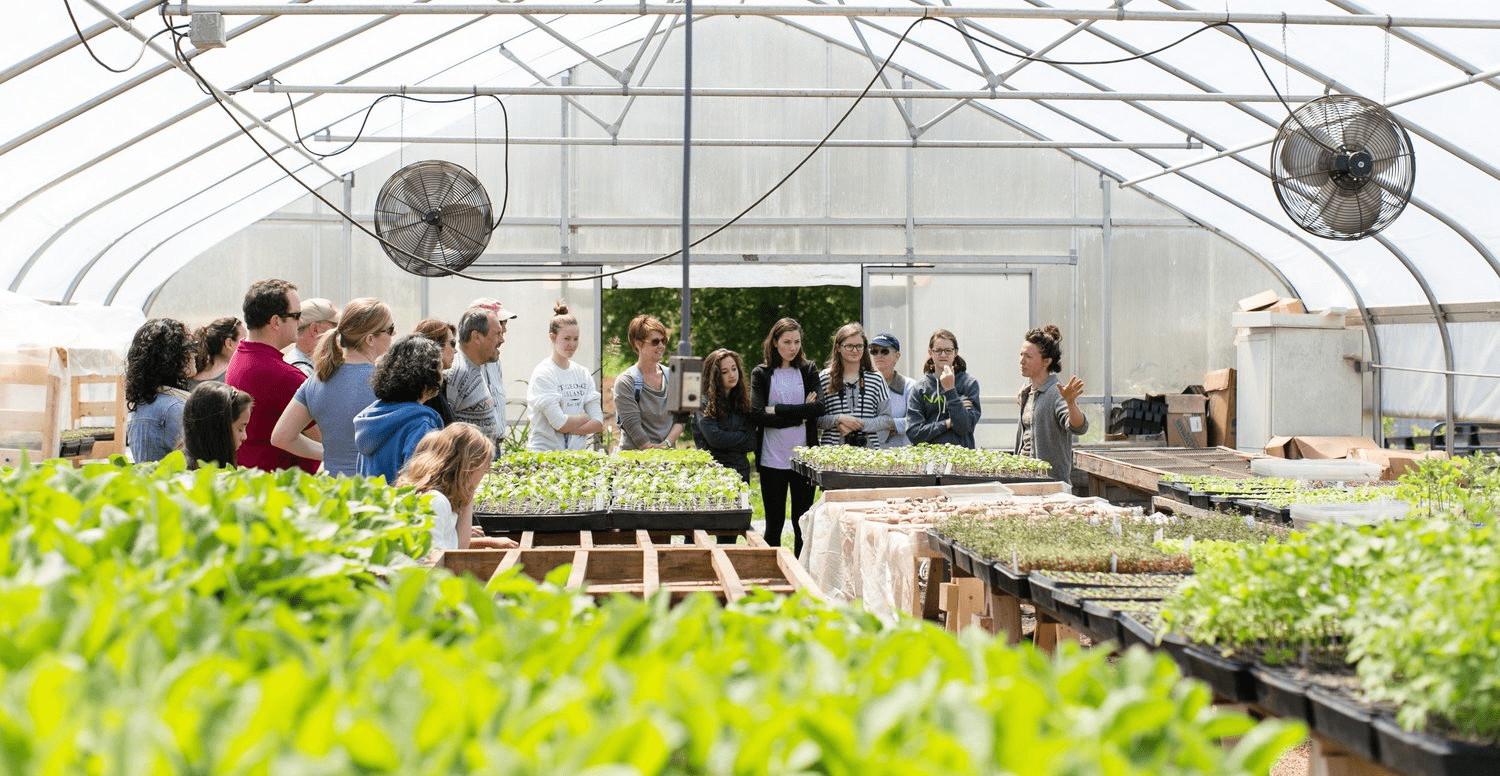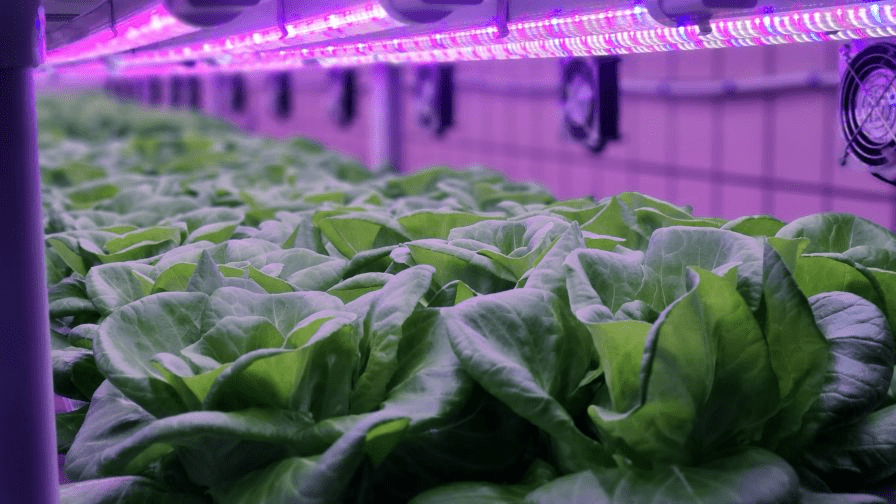Feb 9, 2023
How to break into and become a leader in the CEA industry

Credit: Serenbee Farms.
Written by: Henry Gordon-Smith
February 9, 2023
I frequently get questions about how to enter the controlled environment agriculture (CEA) industry. Whether it’s students or professionals with experience in other sectors, people seem to want to know more about how I was able to build a business and brand around urban agriculture, vertical farming, greenhouses, and climate-smart agriculture.
CEA is a rapidly growing industry that utilizes technology to optimize plant growth in indoor or protected outdoor environments. This includes methods such as hydroponics, aeroponics, and aquaponics, and can be applied to a wide range of crops, including leafy greens, herbs, and even fruits and vegetables - and eventually other crops, too.
.png)
Credit: Greenhouse Grower.
I am “long” on CEA, meaning that I believe the sector will continue to grow steadily in the coming decades as global society grapples with climate volatility. Farmers are under increasing pressure to adapt, and CEA is one way for new and existing farmers to thrive in a world of climate insecurity. We won’t be able to adapt without more fresh minds and energy in the CEA sector and that is why I continue to invest in democratizing pathways to success for those planning farms and careers in this exciting sector.
Breaking into the CEA industry can be challenging, as it requires a unique combination of technical knowledge, business acumen, and passion for sustainable agriculture. However, with the right skills, resources, and mindset, it is possible to make a successful transition into this exciting field.
As a quick reminder, here are my 3 previous tips for breaking into the industry:
-
Build your archive
-
Find industry leaders and connect with them using an email finder tool like ContactOut.
-
Get hands-on experience
Now, the industry has changed a bit in the last 5 years, so here are 3 more bonus tips for breaking into the industry:
Know what you are talking about, seriously:

Agritecture Designer is a great resource to explore your options in CEA and model a variety of farms.
Building on tip #1, any new entrant should be informed about the main players in vertical farming and what the industry is facing overall. The CEA industry is in a state of evolution with many farms and technology companies shuttering their doors in the face of economic challenges. If you enter the sector naively and overly optimistic, it will immediately signal a red flag to the industry veterans who you will eventually come to work and partner with.
What is exciting, though, is that there are so many new resources available. For example, reading up on past successes and failures is much easier now than it was in 2018. Another powerful tool for improving knowledge and accuracy is our software, Agritecture Designer, which includes a ballpark estimation tool as part of every free trial. This is a great way to talk investment numbers across greenhouses, container farms, and vertical farms quickly from any device.
Share your perspective:

Credit: Way Beyond.
There are a lot more voices in CEA today than there were in 2018. Many are open to hearing new perspectives on the industry, especially from a unique angle. The fact that the industry is struggling so much today leaves room for new ideas and opinions. Whether the focus of your commentary is on economics, sustainability, policy, or something else, be sure to focus your content creation on knowledge and insights that are unique to you. This will help add new insights to the current CEA dialogue and position you as someone capable of adding value. In recent years, some examples of this include the rise of podcasts like Harry Duran’s vertical farming podcast or the vertical farming takedown by Dr. Jonathan Foley.
As the CEA sector grows and evolves, so does the room for new perspectives. Do not be afraid to be a leading voice in this rapidly growing industry. Don’t know how to get started? Try posting on LinkedIn or reach out to Agritecture’s marketing team to pitch a blog post.
Set your values and align your compass:
In this new chapter of CEA, it’s important to be clear about what your priorities are. Some people are in the industry for purely profit reasons, and others are here for food security or sustainability. Whatever your reason for getting involved in CEA, make sure you are clear about it by noting down your values. These will serve as a guide for aligning your compass to the direction you want for your career. For example, if sustainability is your focus, then you should get informed of the pros and cons of sustainability in CEA, including vertical farming. You should consider being a voice of sustainability through how you communicate to the industry. If your highest value of the sector is profitability, then you should be sure to follow those companies that are reporting their financials and understanding the fundamentals of CEA unit economics.

Credit: Spacesaver Corporation.
Becoming a leader in the CEA industry requires a unique set of skills, such as a mind for business, knowledge of the quite technical industry, and a strong interest in the agricultural field. To be successful, it is important to stay up to date with the latest developments in the industry and be able to effectively communicate your vision for the future of CEA to others.
From someone who started in 2011 with little knowledge about how CEA or agriculture work, I can tell you that the journey to breaking in is long but rewarding. Best case scenario, you end up working for (or creating) an amazing and innovative CEA company. Worst case, you end up with more knowledge about a sector that is set to be a critical part of humanity’s adaptation to climate change.
So as you begin to chart your course to becoming a CEA leader, remember these 6 steps:
-
Build your archive
-
Get hands-on experience
-
Know what you are talking about
-
Share your perspective
-
Set your values
Whatever your journey, Agritecture is proud to be a small part of it, and we are here for you every step of the way.
